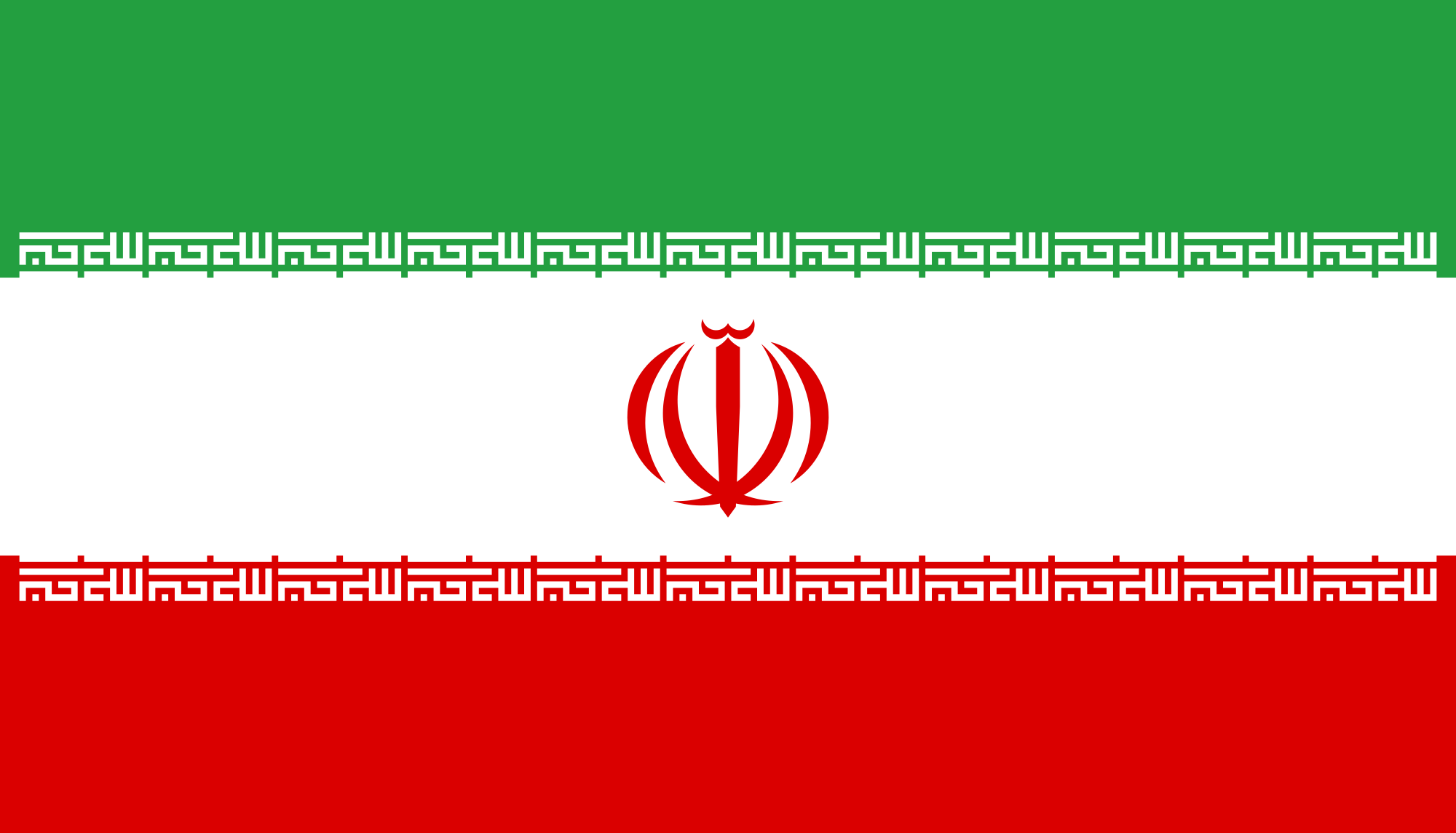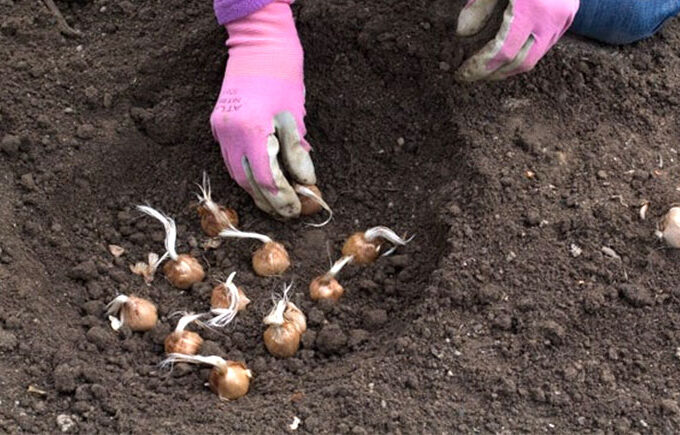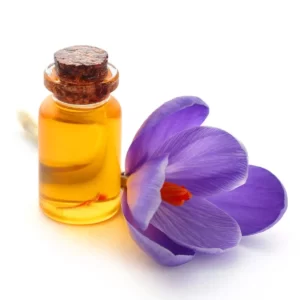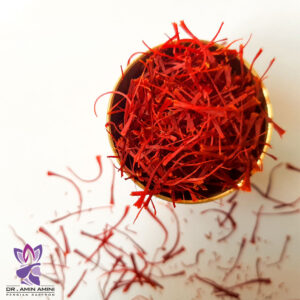Introduction
Saffron is planted with two traditional and modern methods. Farmers have been doing the traditional method for thousands of years, generally, higher quality saffron is obtained in traditional methods. But the modern method is considered an optimal and contemporary method for planting saffron, which is done in greenhouses. Stay with us so that we can teach you the various methods of planting saffron.
Types of saffron planting methods
The traditional method and the modern method are the two main and common methods of planting saffron in the world. Saffron has been traditionally planted by farmers in fields for thousands of years, but the modern method is less than 20 years old and started in China. Modern methods include greenhouse methods and aeroponics. In the following, we will introduce you to the methods of planting this expensive spice:
The traditional planting method of saffron
In this method, before planting saffron onions, farmers enrich the land with animal manure and then plant saffron onions in the soil in the summer from August to September. Saffron flowers in soil that is made of sand and clay, and for this reason, it is important to pay attention to the right soil for traditional saffron cultivation. This soil should be plowed in autumn or winter. In addition to soil, you should also be careful in preparing saffron onions. Because the quality of saffron onion has a great impact on the crop and cultivation.
After the onions are planted in the soil in the summer, the first irrigation of the soil should be done in early autumn (mid-October). After irrigation, the first purple flowers of saffron emerge from the soil after 15 to 20 days and bloom. After the growth of saffron flowers, now it is time to harvest them. Saffron flowers should be harvested by the end of November. The time to harvest saffron flowers is very important. Every day before sunrise and before 9 am, saffron flowers should be picked, because after that the flowers close.
Harvesting saffron flowers must be done by hand, and for this reason, many workers are employed to harvest saffron. One of the reasons for the expense of this spice is that it is difficult to harvest by hand, which incurs many costs.

Saffron greenhouse planting method
One of the most important reasons for saffron greenhouse cultivation is the lack of water. The greenhouse planting method of saffron is not much different from the traditional planting method. In this method, farmers use less water and can harvest more crops in less space.
Currently, many countries such as China use the greenhouse planting method as the main method of planting saffron. Zhao Ji in China invented this method for the first time in 2004. In the greenhouse planting method, the harvest efficiency is ten times higher than the traditional saffron planting method. Hydroponic methods or water cultivation and aeroponic method or air cultivation are other methods of saffron greenhouse planting, which we will introduce to you below.
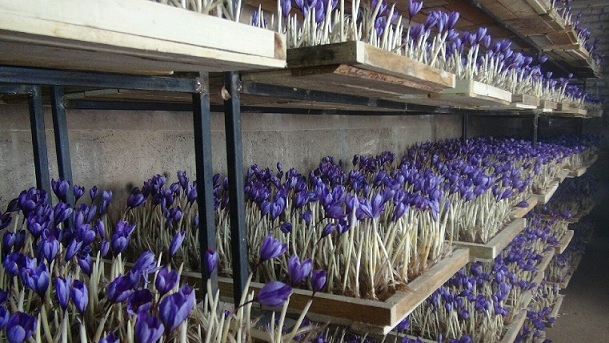
The traditional way of planting saffron
In the traditional method, it is very important to pay attention to the soil, saffron onion, and the weather conditions of the region. Usually, saffron should be planted in tropical areas in the traditional way, because the saffron plant needs mild winters and hot and dry summers.
Saffron is very resistant to cold, but it is better to plant it in a place where severe cold does not bother the plant during the growth period (fall, winter, and early spring). Also, saffron needs little irrigation, and for this reason, it should be far away from rain and humidity during the period of saffron rest or sleep (summer).
The soil must be drained and fertile for planting saffron. The pH of the soil should be between 7 and 98 and it must be calcareous. The saffron plant will grow better only in soil that is moist, salty, acidic, and lacking in nutrients. The ground should be free of weeds and debris.
After preparing the land, now it’s time to plant saffron bulbs. It is better to plant these onions at a depth of 20 cm to protect them from heat and cold. Once you plant saffron bulbs in the soil, these bulbs will remain for several years. Saffron onion can remain in the ground for five to seven years and flower. After this period, the saffron onion should be removed from the soil.
Traditional saffron cultivation, like other methods of saffron cultivation, has disadvantages that we will introduce below:
Disadvantages of planting saffron in the traditional way
- The spread of pests and diseases in the entire farm and damage to the saffron plant
- Lower harvest efficiency compared to the greenhouse method
- Lack of control over unforeseen weather conditions such as flood, drought, etc.
- High cost of cultivation and harvest
It is true that the traditional planting method has its disadvantages, but still, the highest quality type of saffron in the world is grown in the traditional way in Khorasan, Iran. Many people have tried to artificially simulate the special climate of this region, but they have failed and the coarseness of the saffron strands of this region and its quality are still famous.
Acquaintance with saffron greenhouse planting methods
The greenhouse method is much more economical than traditional planting. In this method, costs are reduced and it is possible to harvest more products. Countries that suffer from water shortages or unpredictable weather conditions usually use the saffron greenhouse planting method. We introduce the types of saffron greenhouse planting methods below:
Hydroponic method or saffron planting water
The hydroponic method or water culture is one of the saffron greenhouse planting methods, which means working with water. In this method, unlike the traditional method, the saffron root is not stored in the soil, but it is stored in very humid air or non-soil solid materials that retain moisture.
The hydroponic method or water culture is one of the saffron greenhouse planting methods, which means working with water. In this method, unlike the traditional method, the saffron root is not stored in the soil, but it is stored in very humid air or non-soil solid materials that retain moisture.
In the hydroponic or water planting method of saffron, the plant has better nutrition and therefore experiences better growth. The better the growth of the plant, the higher the quality of the final product. For this reason, the efficiency of this type of saffron greenhouse cultivation is up to 30 times higher than traditional cultivation.
Aeroponic method or air cultivation of saffron
In the aeroponic method or air planting of saffron, the root of the plant is suspended in the air and is fed with water spray that contains minerals and chemical fertilizers. The aeroponic method is actually considered a method of indoor gardening. Because in this method, the saffron plant is not planted in the soil, the costs of planting, fertilizing, plowing, etc. are much less, and saffron can be planted easily and without the need for a special space.
Getting to know the method of cultivation in the garden and pot
Another method of planting saffron is planting it at home in a garden or pot. To plant saffron in the garden or plant saffron in a pot, you must first prepare saffron bulbs. This onion grows better in areas with dry weather. Then you have to prepare the soil for your garden or pot. Your garden or pot should have dry soil and be located in a place that receives direct sunlight. The soil should not be hard, if the soil is hard, you should turn it upside down. Also, the soil should be able to absorb water well and water should not remain in it.
After preparing the soil, fertilize it with organic matter up to 20 or 25 cm deep. Then you need to plant the onion in the soil. The time to plant onions is the same as the traditional method, but it can be different according to your region and weather conditions. Onions should be planted in rows at a distance of seven centimeters from each other. Plant the onion at a depth that covers at least five centimeters of soil.
Finally, after planting the saffron onion, be careful of vermin and pests so as not to harm the saffron flower. In autumn, saffron flowers grow, so it is very important to keep the soil moist. You should water the soil once or twice a week. Your soil should have enough moisture. After the saffron flowers grow, you can harvest them.

last word
Planting saffron is done in two traditional and modern ways. In the modern method, which is the saffron greenhouse planting method, the production efficiency is higher and its costs are lower than the traditional saffron planting method, but the quality in this method is lower than the traditional method.
